
In the Cold War, US scientist Gus Simmons discovered a serious weakness in a cryptologic disarmament technology. His discovery initiated a new branch of IT security. Nevertheless, nobody seems to know how this weakness worked. The paper Simmons published about it doesn’t contain a detailed description. Does a reader know more?
Can a reader decipher this encrypted diary page I found on the internet? I don’t know by whom and when it was written, but I’m sure that it can be solved.
A Reddit user has posted an encrypted note he found in a family member’s personal effects. The cleartext is not known. Can you solve it?
Stephen Hawking, the world-famous physicist who died earlier this year, has left behind ten puzzles. One of these has now been published. It looks like a cryptogram.
The German radio station WDR5 has aired a report about Enigma spy Hans-Thilo Schmidt. Among the experts quoted are Dermot Turing and me.
On September 21, 2018, a reconstructed Turing-Welchman Bombe will try to find an Enigma key, just as it did during World War II. Deciphering experts will use this key to decrypt eavesdropped Enigma messages. The whole event will be live streamed on the internet.
At the 44CON, a London-based hacker conference, I gave a talk about Post-Quantum cryptography. Among other things, I explained the GGH algorithm – using snail terminology.
In 1926 a US newspaper published a series of crime stories that involved encrypted messages. Here are four of them. Can you break them?
The Journal of Craptology, “a seminal journal in its field” (Moti Yung), has two major problems. First, there has been no new edition since 2014; second, somebody has encrypted the Call for Papers. Can a reader help?
Craig Bauer, mathematics professor and crypto history expert, lets his students solve old ciphertexts as homework. Here are three especially interesting cryptograms Craig’s students have to break.
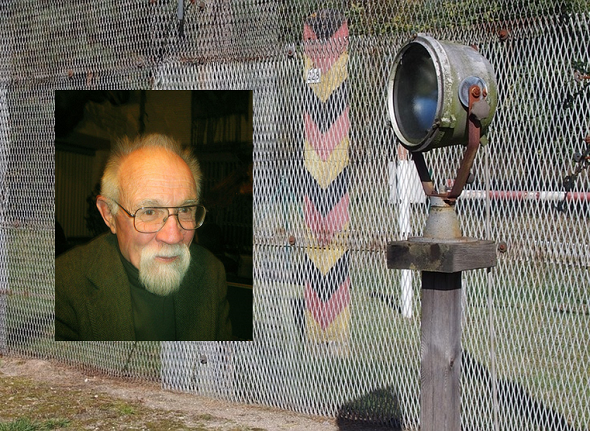
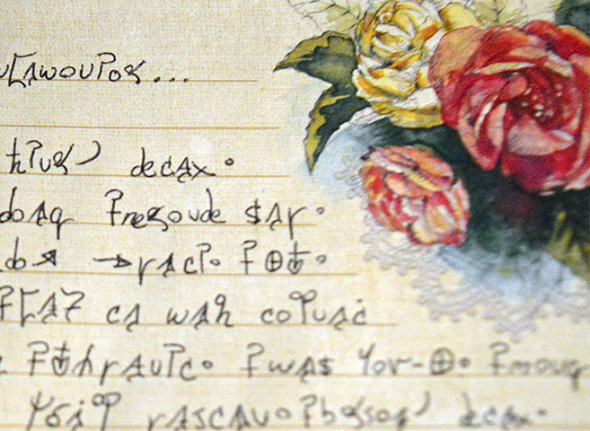
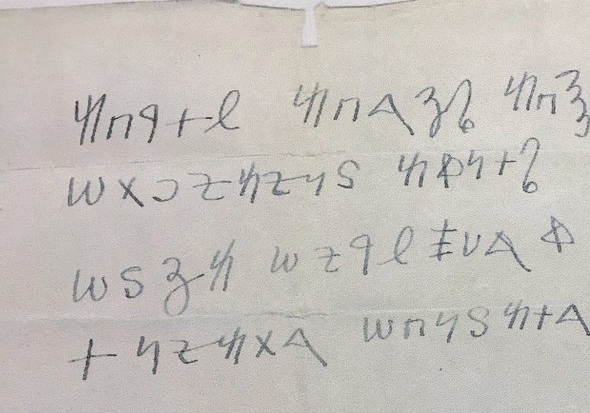
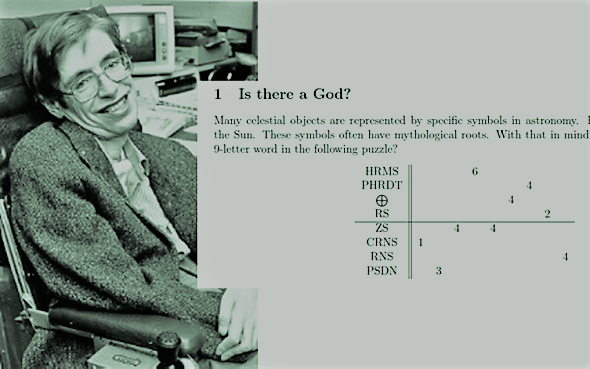
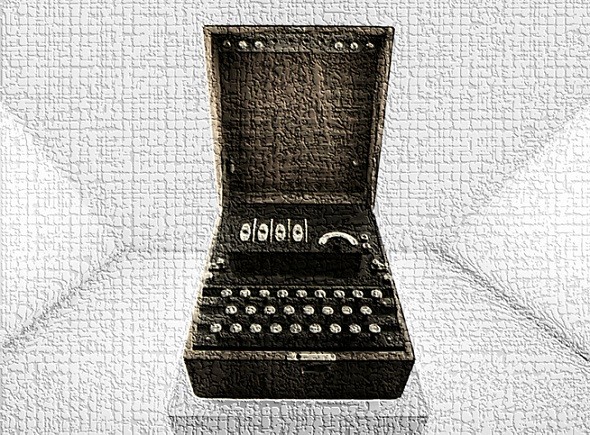
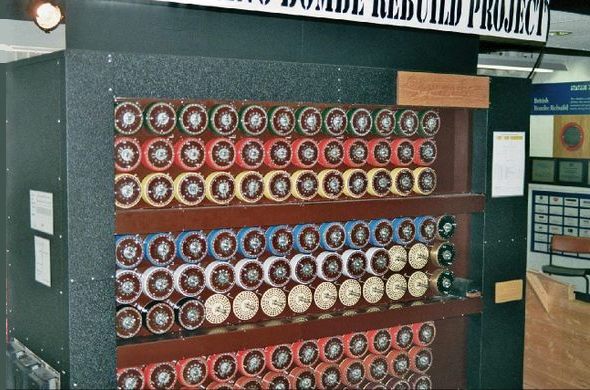

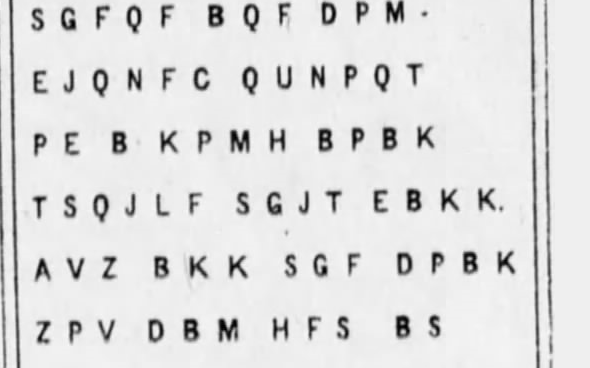



Letzte Kommentare